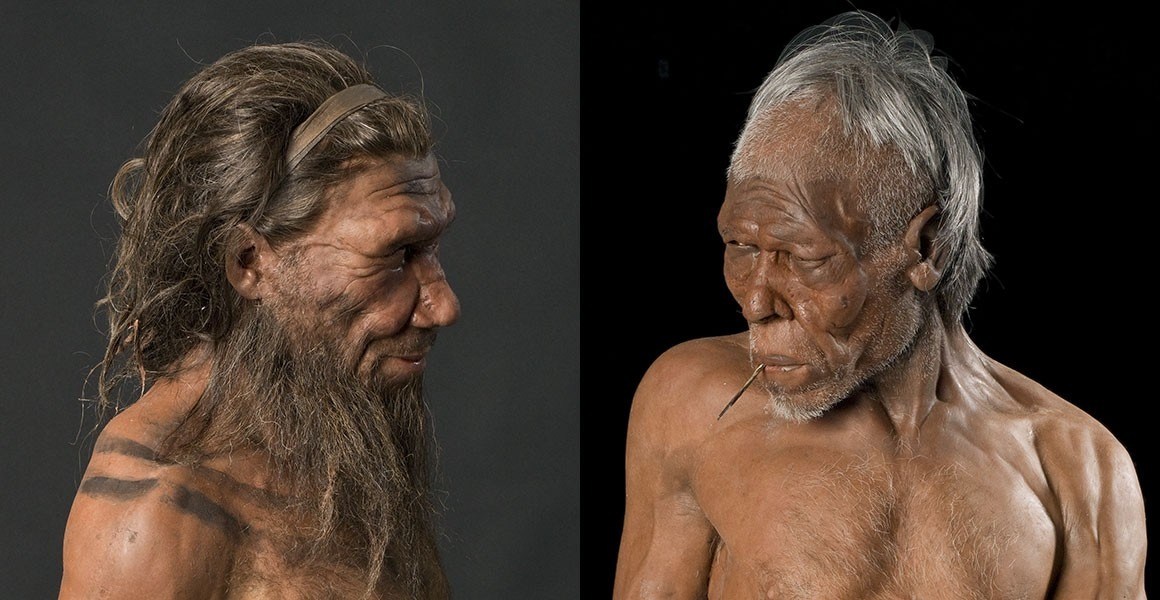via Killer web directory by Administrator
Here is a fantastic infographic from the people at the Market Inspector website which features interesting facts about the coffee industry in the UK. The piece includes information about things such as the economic influence of the UK coffee market, how the coffee industry contributes to the UK and the number of cups consumed in the UK.
See the full size version @ Platino
==============================
via Ancient Origins by Ed Whelan

Two disciples saw Jesus after his resurrection on the road to Emmaus. Source: icksanglee / Adobe Stock.
Archaeologists have made what is an important discovery for Christendom in Israel. They claim that they have found a Hellenistic era fortress and this could be the location of one of the most important events in the New Testament. They believe that they have found the town of Emmaus near where the Gospel of Luke says that Jesus first appeared to two of his disciples after his resurrection.
Continue reading
==============================
via Interesting Literature
Previously we’ve offered ten poems about beauty – but, as John Keats pointed out, beauty is truth, and truth, beauty. So now it’s truth’s turn: what are some of the best poems about truth? Here are our ten suggestions.
Continue reading
Gosh, there's some real beauties in this selection!
==============================
via Boing Bong by Rob Beschizza

Saturn "has overtaken" Jupiter as the planet with the most satellites, at least in our own system: 82 to the larger world's 79. A team "discovered a haul of 20 new moons" around the ringed gas giant, as the BBC puts it, putting it in the lead.
Continue reading
==============================
Posted by S. Abbas Raza in 3 Quarks Daily: Chris Stringer at the website of the British Natural History Museum:

The biological species concept states that species are reproductively isolated entities – that is, they breed within themselves but not with other species. Thus all living Homo sapiens have the potential to breed with each other, but could not successfully interbreed with gorillas or chimpanzees, our closest living relatives.
On this basis, ‘species’ that interbreed with each other cannot actually be distinct species.
Continue reading
==============================
via Ancient Origins by Ed Whelan

The Romano-Celtic temple, named the Watling Temple, will be moved from the construction site and rebuilt in the village. Source: Newington History Group / Facebook .
A group of local history enthusiasts in Britain have announced an amazing project. They have secured permission to rebuild a 2000-year-old Romano- Celtic temple. The remains of the place of worship were going to be buried beneath a construction site, but the historians have saved them from destruction. The group have great plans for the temple and want to rebuild it and preserve it for the community.
A Long-Lost Roman Town Uncovered
Last April, archaeologists, from SWAT Archaeology, were digging at the site of a major housing development near the village of Newington, Kent in southeast England. They had been alerted to some finds by construction workers and what they found was amazing. The archaeologists had unearthed a long-lost Roman town and industrial center and their discovery is one of the most important in the area for decades.
Continue reading
==============================
via Interesting Literature
It was Marinetti and the Futurists who perhaps made the definitive statement about the poetic potential of the motorcar: ‘We declare that the splendor of the world has been enriched by a new beauty: the beauty of speed … a roaring motor car which seems to run on machine-gun fire, is more beautiful than the Victory of Samothrace.’ But in fact, ever since the automobile or motorcar began to appear on our roads, poets have been trying to find a means of poetic expression appropriate to this new invention. Here are ten of the greatest automobile or car poems.
Continue reading
==============================
via Boing Boing by Mark Frauenfelder
My daughter showed me this video, which uses a location in Super Mario Galaxy 2 to show how game designers use scrolling layers and textures to create the illusion of flowing water. The video was created by a guy named Michael 'Jasper' Ashworth, who has a very cool website of elements, art, and levels from a bunch of Nintendo games that you can experiment with.
It's videos like these that make me love YouTube.
==============================
via 3 Quarks Daily by Morgan Meis: Hilton Kramer at The New Criterion:
A review of Matisse the Master: A Life of Henri Matisse: The Conquest of Colour: 1909-1954 by Hilary Spurling
Even those of us who have loved Matisse’s work since we began to look at paintings as a serious interest could not have suspected what it had cost this great artist to persevere in his vocation. Pleasure had so often been invoked as the key to an understanding of his achievement—“Un nom qui rime avec Nice . . . peintre du plaisir, sultan de Riviera, hédoniste raffiné,” as Pierre Schneider sardonically described this mistaken characterisation of Matisse – that it has come as a shock to discover the sheer scale of adversity that had to be endured at almost every stage of his life and work. It was not only that his paintings were initially denounced as the work of a madman. That was the common fate of a great many modernists, even in the heyday of the School of Paris. Matisse’s personal circumstances were also plagued by failing health, failing confidence, and a lack of command in the academic conventions of his medium. (He had never been a good student, and his training was meagre.) Even worse, there was his wife’s family’s financial scandal, which, though neither Matisse nor his wife were at fault, nonetheless cast a pall over the family’s name and position.
Continue reading

Odalisque, 1920–21, oil on canvas, 61.4 x 74.4 cm, Stedelijk Museum
via Wikipedia
==============================
via Ancient Origins by Ed Whelan

Jewel made of gold and silver found at Mt Zion. Credit: Mt Zion Archaeological Expedition/Virginia Withers
Archaeologists working at Mount Zion in Jerusalem have unearthed a rare, gold and silver jewel and a Scythian arrowhead in a layer of ash that dates to the Babylonian destruction of the city (587 BC).
In the 6th-century BC, the armies of Babylon destroyed Jerusalem and the Kingdom of Judah. They tore down the city walls, burned the temples, and ran down every person who tried to escape. The few survivors were dragged out of their homeland and forced to live in Babylon.
Continue reading
No comments:
Post a Comment